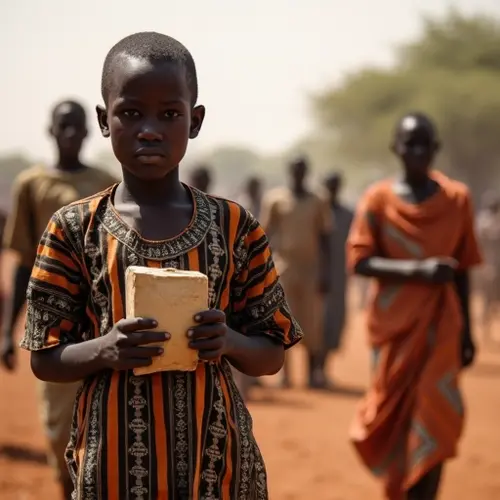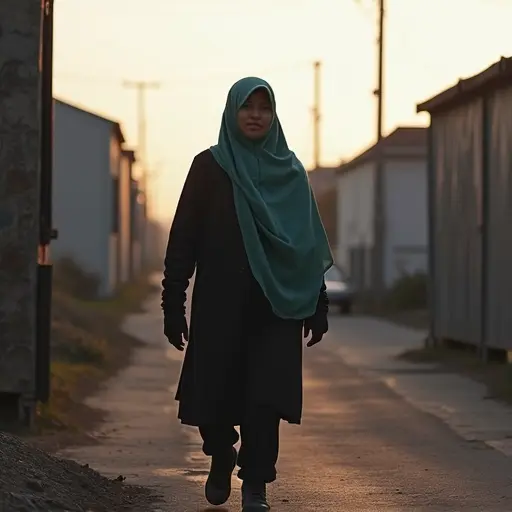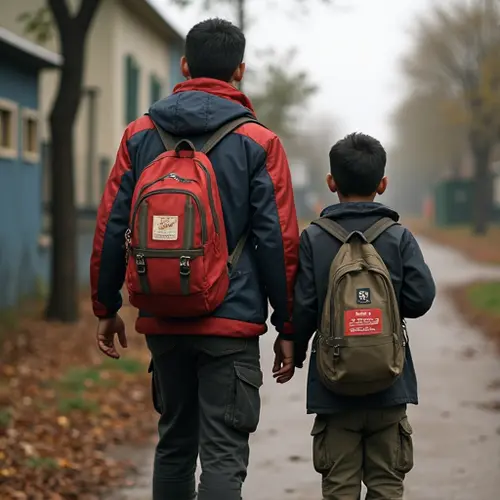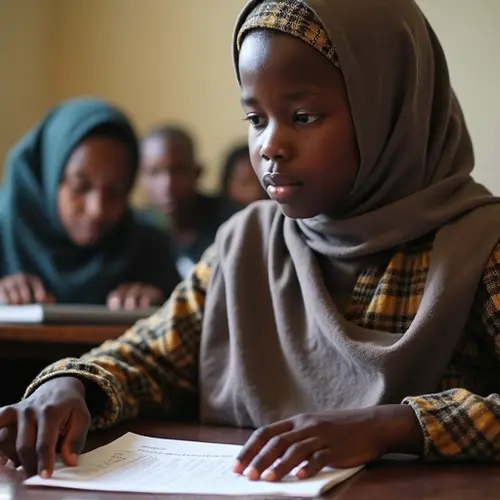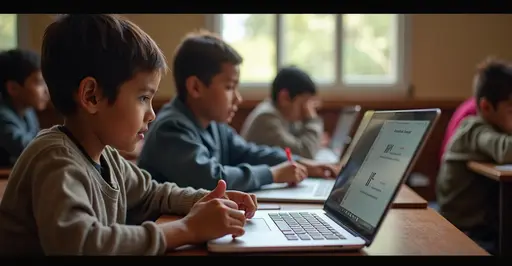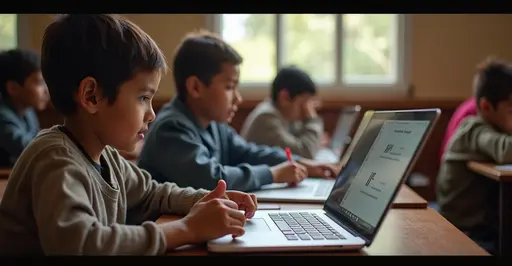
Digital Education Revolution for Displaced Youth
In a groundbreaking development for global education, refugee education programs are rapidly expanding through innovative digital learning platforms. With over 36 million refugee children worldwide facing educational disruptions due to displacement, international organizations and educational technology companies are collaborating to provide accessible distance learning solutions.
The Growing Need for Digital Solutions
The United Nations High Commissioner for Refugees (UNHCR) reports that only half of refugee children have access to primary education, while secondary education enrollment drops to just 22%. For higher education, the numbers are even more concerning at only 1%. These statistics highlight the urgent need for scalable educational solutions that can reach displaced populations regardless of their location.
Educational technology, commonly known as edtech, has emerged as a powerful tool in addressing this crisis. Through mobile learning applications, online courses, and digital classrooms, organizations are breaking down barriers that have traditionally prevented refugee children from accessing quality education.
Key Initiatives and Partnerships
Several major initiatives are leading this digital education revolution:
UNHCR's Connected Learning Program
The UN refugee agency has partnered with technology companies to establish digital learning centers in refugee camps across Africa, Asia, and the Middle East. These centers provide internet connectivity, tablets, and curated educational content in multiple languages.
UNICEF's Learning Passport
This digital platform offers curriculum-aligned content that can be accessed offline, making it ideal for areas with limited internet connectivity. The platform currently serves over 2 million learners in refugee contexts.
EdTech Hub's Refugee Education Research
This research initiative focuses on identifying the most effective digital learning approaches for displaced populations, providing evidence-based guidance to educators and policymakers.
Overcoming Challenges
Implementing digital education in refugee contexts presents unique challenges. Language barriers, limited internet access, cultural differences, and trauma-related learning difficulties require specially designed approaches. Many programs now incorporate psychosocial support and language learning components alongside academic content.
"The beauty of digital learning is its flexibility," says Dr. Amina Khalid, education specialist at UNHCR. "We can customize content to meet specific cultural and linguistic needs while maintaining educational standards."
Success Stories
In Jordan's Za'atari refugee camp, digital learning programs have helped over 5,000 Syrian children continue their education. Similar success stories are emerging from refugee communities in Kenya, Bangladesh, and Colombia, where mobile learning platforms are bridging educational gaps.
Future Prospects
The expansion of refugee education programs through digital means represents a significant shift in how humanitarian organizations approach education in emergencies. As technology continues to advance, experts predict even greater integration of artificial intelligence and adaptive learning technologies to personalize education for each refugee child.
With continued investment and innovation, digital education has the potential to transform the educational landscape for displaced youth worldwide, offering hope and opportunity to millions who have been forced to flee their homes.

 Nederlands
Nederlands
 English
English
 Français
Français
 Deutsch
Deutsch
 Español
Español
 Português
Português





